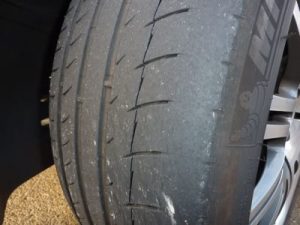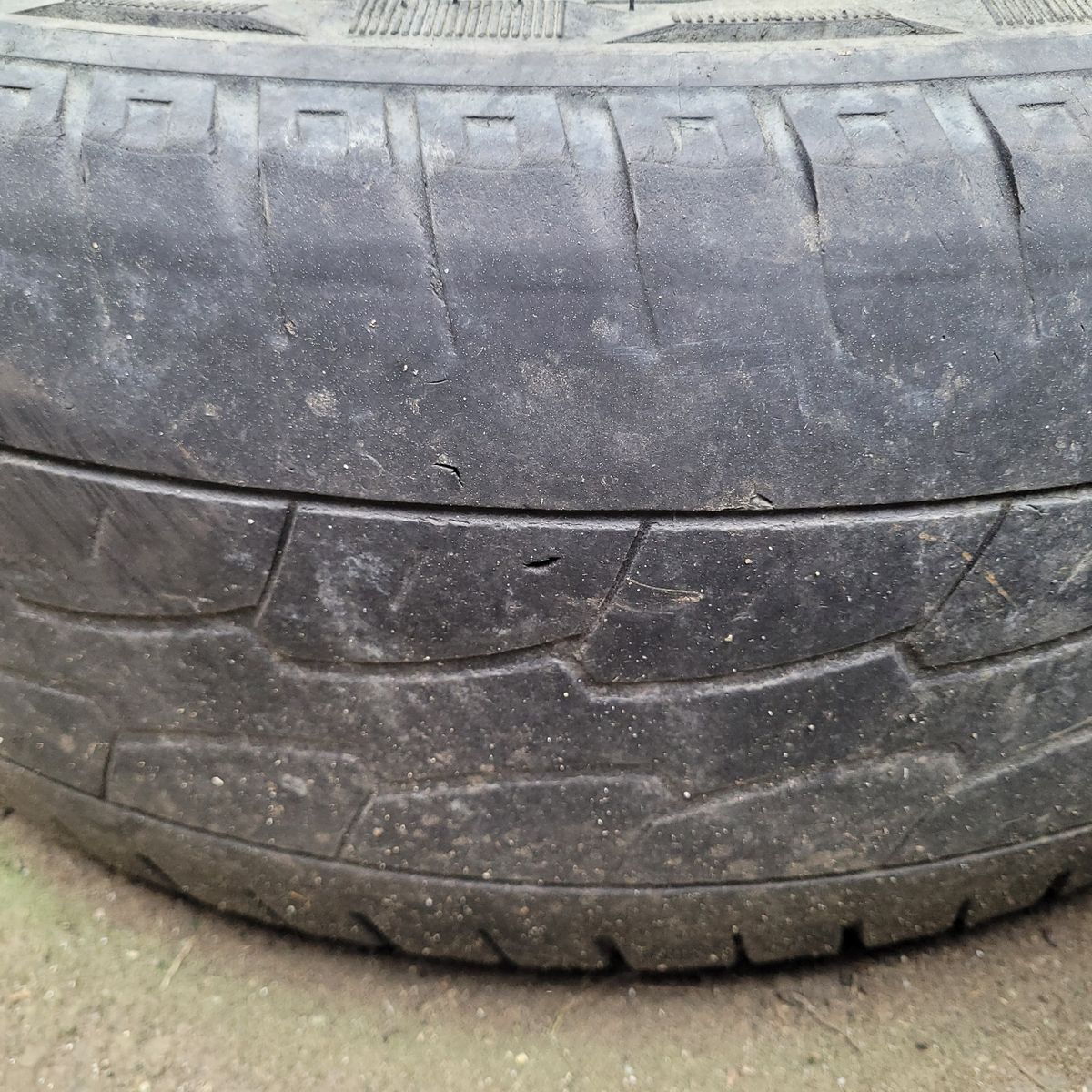About tyre wear:

In New Zealand, a car’s tyres must pass a series of requirements in order to be considered road-legal. If your car’s tyres do not meet these requirements, the safety of your vehicle will be compromised and you will fail your next Warrant of Fitness. Having a tyre tread depth above 1.5mm will keep your tyres in contact with the road, allowing you to have increased control over your vehicle.
Uneven tyre wear occurs when the tread depth of one or more of your tyres is degrading more quickly than the others. This will often lead to tyres needing to be replaced more frequently. There is often an underlying cause for uneven tyre wear, which when identified and repaired will prevent the problem from happening with new tyres.
It is natural for tyres to wear slightly unevenly. This is due to the configuration of your vehicle (front-wheel drive, rear-wheel drive or four-wheel drive). A tyre rotation can prevent this from becoming an issue.
Causes of uneven tyre wear:
- Improper tyre inflation – If one or more of your car’s tyres are inflated incorrectly, it can lead to the tyres wearing at an increased rate. To avoid this, regularly inflate your tyres according to the specifications in your owner’s manual.
- Wheels in need of alignment – A wheel alignment is when mechanics adjust the angles of the tyres which affects how they make contact with the road. If your wheels are not aligned correctly, they will wear quickly and need replacement.
- Damaged suspension – If suspension components such as the tie rods become damaged, they can cause tyres to wear more quickly.
- Car leaning to one side – Damage to the suspension can result in the car leaning to one side. This will apply an increased load to the tyres on one side, causing them to wear quickly.
- Braking problems – In some cases, a fault in your braking system can lead to the tyres wearing quickly.
Symptoms of uneven tyre wear:
Uneven tyre wear can have several symptoms, including:
- Tyres vibrating: Uneven tyre wear can cause a noticeable vibration in the steering wheel or throughout the vehicle.
- Tyres pulling to one side: If one tyre is worn more than the others, it can cause the vehicle to pull or steer in one direction, making it difficult to drive in a straight line.
- Reduced traction: Uneven tyre wear can reduce the traction of the tyres, making it more difficult to drive in wet or slippery conditions.
- Reduced fuel efficiency: Uneven tyre wear can cause the vehicle to use more fuel, as the engine has to work harder to maintain the same speed.
- Shorter tyre life: Uneven tyre wear can also result in shorter tyre life, as tyres that are worn unevenly will need to be replaced sooner than those that are worn evenly.
How to stop uneven tyre wear from happening:
- Maintaining proper tyre pressure: Keeping the tyre pressure at the correct level, as specified in the vehicle owner’s manual, can help prevent uneven tyre wear.
- Rotating tyres regularly: Regular tyre rotations can help distribute the wear evenly across all four tyres and prevent uneven tyre wear. It is recommended to have your tyres rotated every 15,000 km, or as specified in the vehicle owner’s manual.
Uneven Tyre Wear Repairs in Hamilton
Are your tyres constantly in need of replacement? If so, we can help you diagnose the cause of the problem.
At Grimmer Motors, our skilled mechanics can inspect your tyres, determining the cause of uneven wear. We can then provide repairs that will prevent the uneven wear from occurring in the future.
For tyre repairs, replacement and diagnostics in Hamilton, contact Grimmer Motors today!

